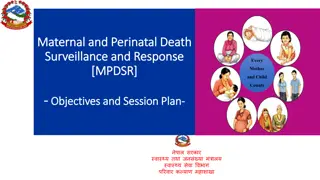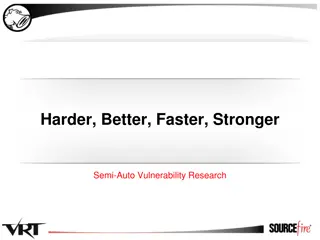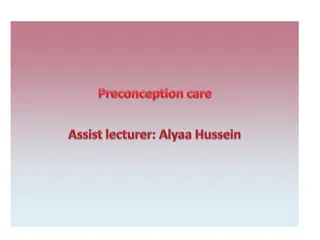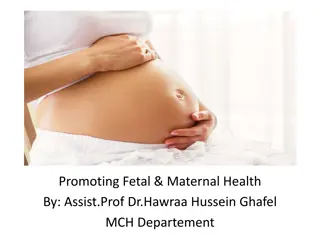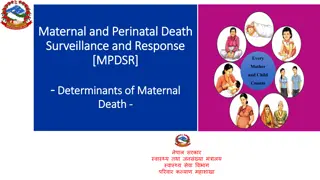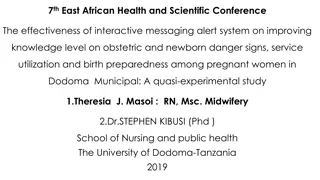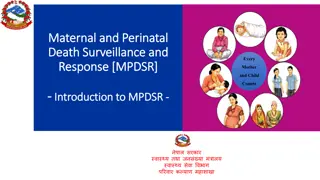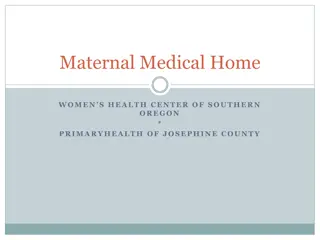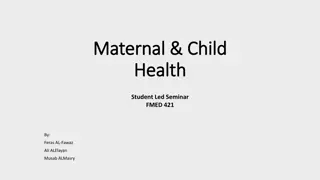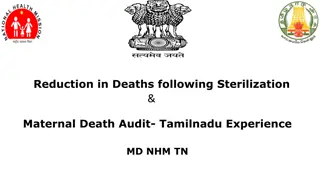Importance of Triaging Pregnant Women for Better Maternal Outcomes
Efficient triaging of pregnant women plays a crucial role in addressing delays in seeking care, transportation, and initiating appropriate care at the facility. By categorizing women based on their needs, healthcare providers can ensure timely and appropriate interventions, such as normal delivery, caesarean section, or referral to higher centers. Key messages emphasize the significance of thorough assessment, correct gestational age estimation, proper technique in examinations, and the importance of various measurements for maternal well-being.
Download Presentation

Please find below an Image/Link to download the presentation.
The content on the website is provided AS IS for your information and personal use only. It may not be sold, licensed, or shared on other websites without obtaining consent from the author.If you encounter any issues during the download, it is possible that the publisher has removed the file from their server.
You are allowed to download the files provided on this website for personal or commercial use, subject to the condition that they are used lawfully. All files are the property of their respective owners.
The content on the website is provided AS IS for your information and personal use only. It may not be sold, licensed, or shared on other websites without obtaining consent from the author.
E N D
Presentation Transcript
Learning Objectives By the end of this session, learners will be able to: Explain triaging based on history taking and initial clinical examination into different categories Demonstrate the correct technique for abdominal examination of woman in labor on appropriate models using skills checklists Demonstrate hand washing technique, wearing and removal of gloves, pelvic examination Describe the importance and technique of BP measurement, hemoglobin estimation by Sahli s method, urine protein and sugar estimation using Uristix 2
Triaging Three delays resulting in poor maternal outcomes are: Delay in decision to seek care Delay in transportation Delay in initiating appropriate care at the facility Triaging is important to address third delay at the facility Triaging is classification of clients after initial assessment into categories based on action required Application into Labour process: Conduct initial assessment of the client based on obstetric history and obstetric examination Designate into categories according to need Review facility s ability to provide need based care Designate into categories based on action 3
Triaging Pregnant Women Pregnant woman Obstetric History and examination Needs caesarean Section Normal delivery can be done Risk assessment Review resources No identifiable risk of complication: Nurse led intervention Risk of complication: specialist led intervention Caesarean facility available Caesarean facility not available Review resources Specialist care available Specialist care not available Conduct normal delivery Refer client to higher center Conduct caesarean section 4
Key Messages Triaging is important to prevent the delay for referral based on history taking, examination and decision making for the level of care SCC is important in assessing the clients for referral. Correct gestational age can be estimated by fundal height measurement, LMP and USG PV examination should be done after hand washing and wearing gloves on both hands BP checkup cuff should be tied above cubital fossa at the level of heart For Hb estimation reading in tube should be done at lower meniscus level For urine protein match colour immediately after dipping in clean urine sample and for sugar match colour after 30 seconds 5




